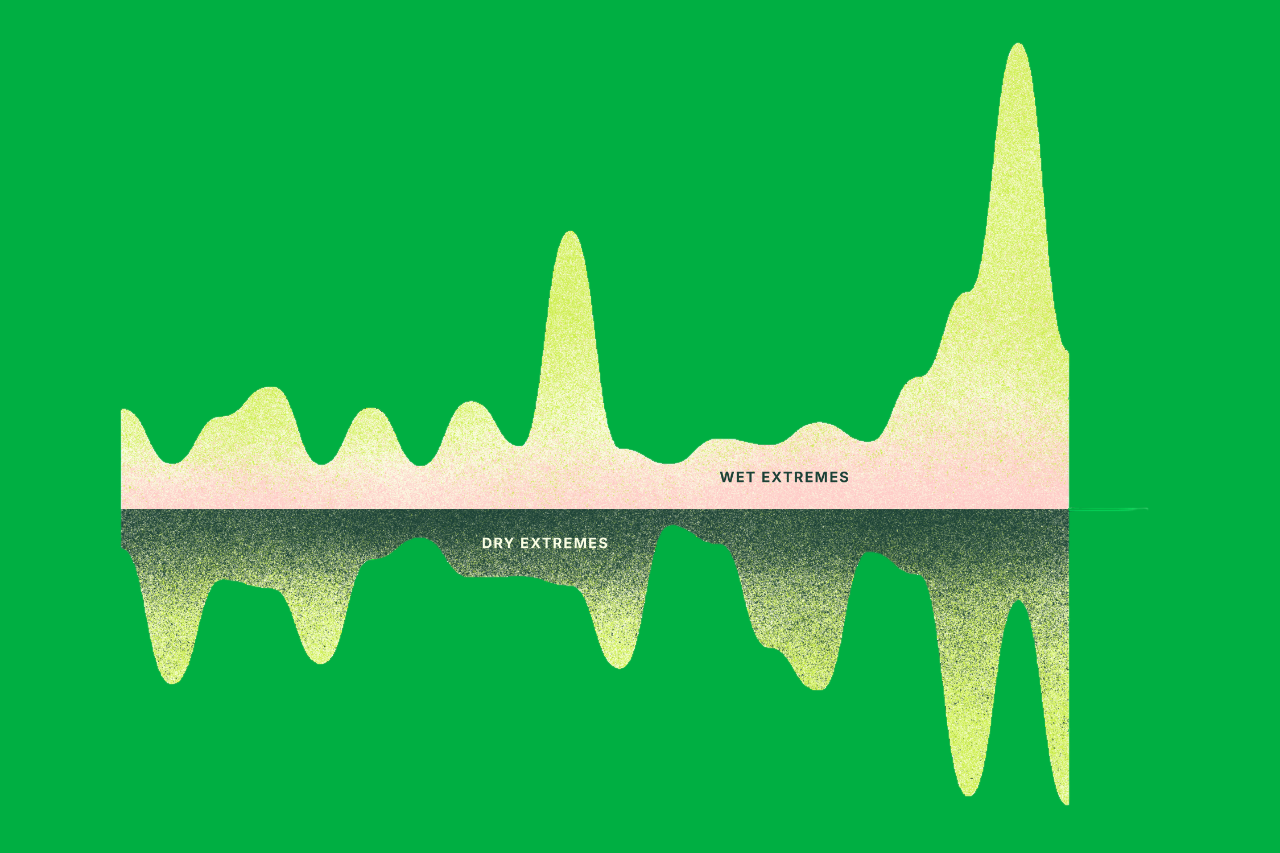.jpeg)
Upcycled Food: Making the most of what we already have
Understanding the Food Waste Problem
Over 30% of all food produced globally is lost or wasted, contributing approximately 8-10% of global greenhouse gas (GHG) emissions. This waste occurs throughout the food supply chain, from production to consumption, and results in significant inefficiencies.
Side streams in the food industry are by-products from processing raw materials. The term is relatively recent, likely gaining traction in the last couple of decades. It became popular as sustainability and circular economy concepts grew, especially as industries looked for ways to describe usable by-products in a more resource-focused, positive light.
Side streams occur because parts of the raw material (like peels, seeds, or pulp) aren’t used in the main product. In fish processing, about 26% of the total fish weight isn't used for human consumption but is instead directed towards feed, fish oil, and pet food. Some are also used for collagen and gelatin production, fertilizers, or biofuels. Higher-value applications include extracting proteins, enzymes, and bioactive compounds for food supplements and cosmetics. So, side streams are a by-product of industrialized, specialized, and fragmented food production.
Designing food production to reduce food waste would conserve critical resources such as energy, water, and land while reducing emissions and easing the strain on the planet. Yet, food loss and side streams are unlikely to be eliminated entirely. Upcycling offers a solution to create more food from waste that would otherwise end up in landfills or, in the best case, used as feed or biogas.
What is Upcycling?
Upcycling involves converting food and side streams on the verge of being discarded into new ingredients or products. We divide the upcycling landscape into three key segments:
- Upcycling Technologies – Techniques and processes that facilitate the transformation of food waste.
- Upcycled Ingredients (B2B) – Using discarded food components in manufacturing other food products.
- Upcycled Products (B2C) – End products that consumers can purchase, such as snacks or alternative proteins made from upcycled materials.
The Challenges of Scaling Up
The challenge for upcycling players lies in overcoming the high cost of processing food waste. The cost of transforming discarded food into a new product often exceeds that of using fresh, virgin raw materials, putting upcycled products at a price disadvantage. This cost imbalance is a significant hurdle, especially in a market driven by tight margins and consumer price sensitivity.
Some upcycling technologies, like mycelium fermentation, require substantial capital expenditure (CapEx) to scale. These technologies rely on specialized equipment, bioreactors, and infrastructure upgrades, making them costly to implement on a large scale. For example, the CapEx for industrial-scale mycelium production can range from $10 million to $50 million, making it challenging for many companies to adopt.
In contrast, simpler technologies such as extraction, extrusion, and drying processes offer more immediate potential due to their lower operational and capital costs. For example, turning brewers’ spent grain (BSG) into crackers through baking is a relatively straightforward process that doesn’t require specialized equipment or excessive energy.
In the long term, insects have the potential to process non-homogeneous waste streams, like kitchen waste. Until consumers are ready to eat food containing insects, if they ever will, they can be used for products such as feed and pet food.
Environmental Risks and Considerations
While upcycling offers clear benefits in reducing waste, it is not without its own environmental risks. Upcycling requires energy and other resources, which can lead to environmental impacts depending on the methods used. Additionally, the transportation of upcycled products, particularly over long distances, can contribute to GHG emissions, offsetting some benefits of reduced food waste. Wastewater and byproducts from upcycling processes also need proper management to avoid pollution.
However, with careful management of these risks, they are outweighed by the benefits of upcycling.
A Growing Market with Government Support
Several government initiatives and macroeconomic factors support the upcycling industry. In the U.S., the Farm Bill and Food Recovery Act promote food waste reduction and upcycling, while in Europe, the Farm to Fork Strategy encourages sustainability across the food system. Tax incentives for businesses participating in food waste reduction and circular economy policies further stimulate the upcycling market.
On the consumer side, there is a growing demand for sustainable products, with many consumers showing a preference for brands that prioritize environmental responsibility. This trend, along with rising food prices and supply chain disruptions, is pushing businesses to explore cost-effective solutions like upcycling to maintain profitability while addressing sustainability concerns.
The Future of Upcycling: Room for Growth
The potential for upcycling is vast, with some estimates suggesting that 5-10% of the value of food waste, approximately $50-100 billion, could be captured by 2030. However, realizing this potential will depend on the industry's ability to develop cost-effective technologies and supply chains that can unlock the value of food waste.
Several promising categories are emerging, including alternative proteins, pet food, insects, and beauty and textile products from upcycled food waste. The main challenge remains reducing the cost of processing and making upcycled products competitive with traditional alternatives.
While the idea of upcycling is appealing, the market’s potential is mainly driven by supply rather than demand. There’s little evidence that consumer preferences will significantly shift toward upcycled products unless price and quality are competitive with traditional products. However, the demand from organizations focused on sustainability, such as large catering companies or public sector buyers, could help fuel the market for upcycled products.
One of the most promising areas for investment lies in upcycling technologies and ingredients. Categories such as pet food, alternative meats, seafood, and coffee are particularly promising for upcycling due to their high raw material costs and significant GHG impacts. These sectors present an opportunity to justify switching to upcycled ingredients, which can offer both financial and environmental benefits.
Conclusion
Upcycling holds immense potential to reduce food waste, conserve resources, and create profitable new markets. However, the industry faces significant hurdles in scaling, particularly in terms of processing costs and the CapEx required for specific technologies. As government policies and consumer demand for sustainability grow, the upcycling market is poised for expansion. Still, success will ultimately depend on the ability of businesses to innovate and develop cost-effective, environmentally sustainable solutions.
Duis aute irure dolor in reprehenderit in voluptate velit esse cillum dolore eu fugiat nulla pariatur.



